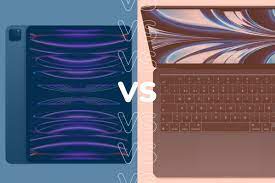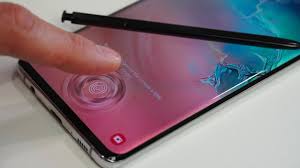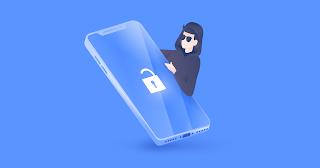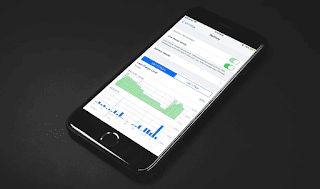Apple has released the latest update to its line of high-end tablets with the iPad Pro 2022. But how does it compare to the next model, the iPad Air 2022?
The biggest update to the iPad Pro is the addition of the Apple Silicon M2 chip, which replaces the M1 in the iPad Pro 2021. The M1 is the same processor that powers the iPad Air 2022. However, with a difference of over £300 between their RRPs, if you’re considering buying one iPad or the other, you need to know the biggest difference between these two Apple tablets.

iPad Pro powered by Apple M2
Arguably the most significant upgrade for the iPad Pro is the move from Apple’s M1 chip to the M2, an Apple Silicon chip that’s found in the MacBook Air and the 13-inch MacBook Pro.
The M2 is an 8-core CPU that Apple claims is 15% faster than the M1. It has a 10-core GPU with 35% faster graphics performance and a 16-core Neural Engine that can process 15.8 trillion operations per second, 40% faster than the M1. The chipset also utilizes 50% more bandwidth than the M1 with 100GB/s of unified memory, while the M2 supports up to 16GB of fast unified memory.
iPad Air comes in more colors
The iPad Air is available in five colors, including some striking pastel shades: Space Gray, Starlight, Pink, Purple, and Blue. The iPad Pro is only available in more neutral shades of space gray and silver.
In terms of display, the iPad Pro definitely wins with its larger screen, higher resolution, XDR support, and 120Hz ProMotion refresh rate. The iPad Pro 2022 also supports the new Apple Pencil hover feature, allowing users to preview their markup 12mm above the display before starting a drawing or taking a note.
iPad Pro has more storage
Like the iPad Pro 2021, the iPad Pro 2022 comes with up to 2TB of storage. That’s significantly more than the 256GB available on the iPad Air.
The iPad Pro 2022 is available in 128GB, 256GB, 512GB, 1TB and 2TB configurations, while the iPad Air 2022 is only available in 64GB and 256GB versions.
iPad Pro has a second camera
The iPad Pro takes advantage of a second rear camera. While both tablets have 12-megapixel (f/1.8) wide-angle cameras, only the iPad Pro has a second 10-megapixel (f/2.4) ultra-wide-angle camera.
iPad Pro also includes a brighter True Tone flash, support for 2x optical zoom and up to 5x digital zoom (iPad Air only supports digital zoom) and Smart HDR 4 for photos, while iPad Air comes with Smart HDR 3.
While both cameras can shoot 4K video, only the iPad Pro supports ProRes video recording and audio scaling up to 4K/30fps. Finally, while both cameras also include a 12-megapixel (f/2.4) front-facing camera, only the iPad Pro offers portrait mode support, including advanced bokeh and depth controls, portrait lighting, Animoji and Memoji support, and Face ID .
iPad Pro costs more
Perhaps the most important difference between the two tablets is price. The iPad Pro 2022 starts at $799/£899 (11in version with Wi-Fi or $999/£1079 with Wi-Fi + Cellular), while the 12.9in model starts at $1099/£1249 (with Wi-Fi -Fi or $1299/£1429 (with Wi-Fi + Cellular).
The 11-inch iPad Air starts at $599/£569 for Wi-Fi and $749/£719 for the Wi-Fi + Cellular model.
>>>>>>>>>>>>iPad battery









